Anti-Inflammation Trend Still Strong
Inflammation was already a concern for consumers as research established systemic inflammation as a significant participant in disease states ranging from obesity, diabetes, and CVD to infirmities of aging and even declines in energy and cognition. Then the global pandemic hit and the perils of inflammation moved further into the spotlight.
In a study published at the beginning of the pandemic published in the science journal Nutrients, titled “Inflaming Public Interest: A Qualitative Study of Adult Learners’ Perceptions on Nutrition and Inflammation,” the researchers found that a number of consumers had “disengaged with traditional health and nutrition messages, and are actively seeking out information on diet and inflammation.”
TRENDPATH:

FACTS & STATS
The overall health ingredient market closed 2022 at more than $100 billion and is expected to double that by the time we enter the 2030s, according to Global Market Insights.
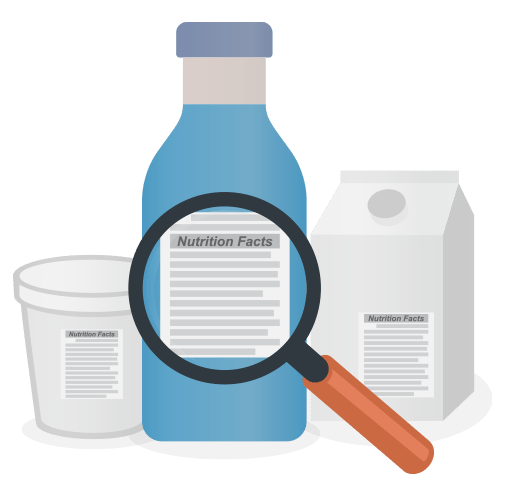
When it comes to purchase decisions of functional foods and beverages, research group Mintel found that one in five consumers are seeking products directly for anti-inflammation support, and that number appears to be increasing.

Inflammation is not always due to some underlying disease state. Aside from a physical insult, triggers such as overexertion/over-exercise, aging, and even bug bites can set off the cascade.
BEST ANTI-INFLAMMATION INGREDIENTS
Overall, a produce-centered diet that includes a variety of herbs and spices is recommended for building the best bulwark against inflammatory responses. But there are some ingredients that provide special anti-inflammatory benefits.
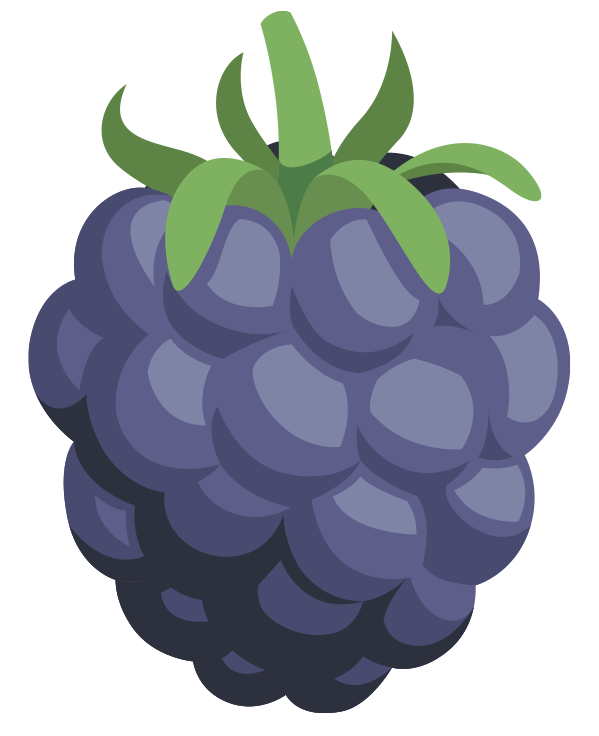
Berries. From aronia to Zante currants, with bilberry, blackberry, cranberry, elderberry, and all others in between. They’re loaded with antioxidant vitamins, B vitamins, plus anti-inflammatory polyphenolic and flavonol compounds.

Ginger. This relative of turmeric has been a key power player against inflammation since ancient times
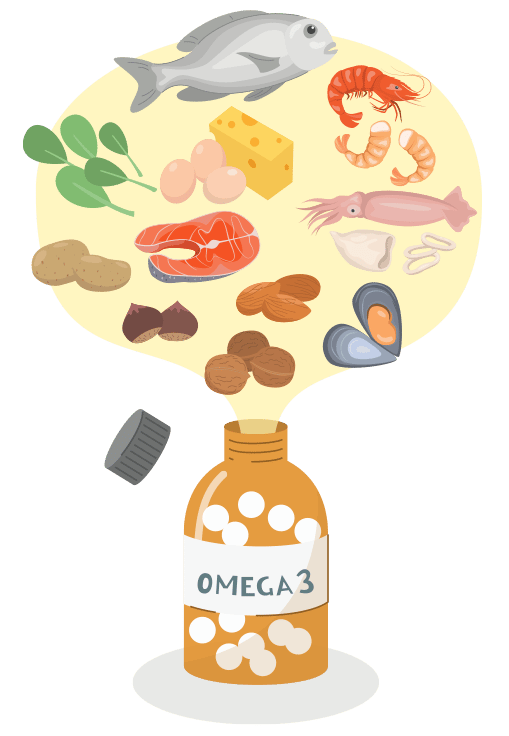
Omega oils. Specifically, omega-3 fatty acids from marine sources, seeds such as chia and flax, walnuts, and microalgae, as well as omega-7 oils from sea buckthorn.
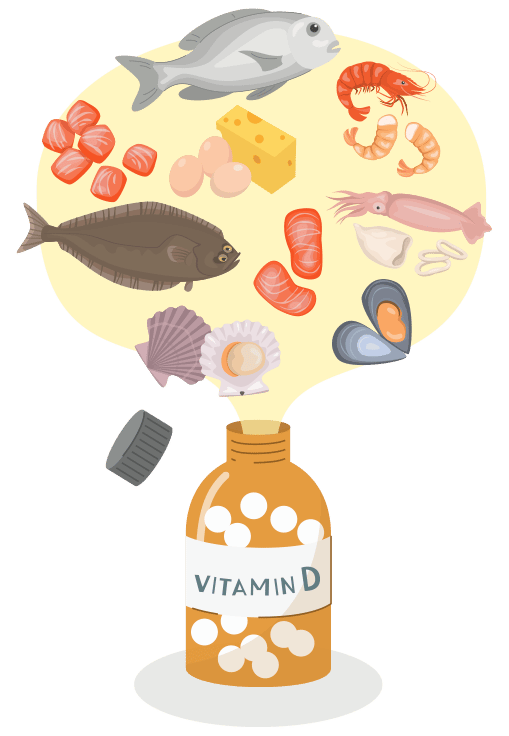
Vitamin D3. Already scrutinized for a surprising wealth of benefits, the sunshine vitamin that functions as a key metabolic hormone drew special interest during the pandemic as a prospective prophylactic against Covid and other diseases.
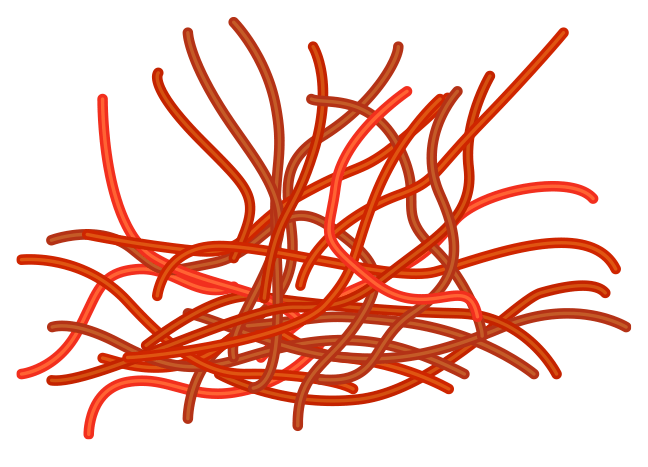
Saffron. A little goes a long way with this pungent, most-expensive spice, but saffron contains compounds that control the expression of genes that encode for pro-inflammatory cytokines.

Selenium. The only common antioxidant mineral, Brazil nuts are among the best food ingredient sources.
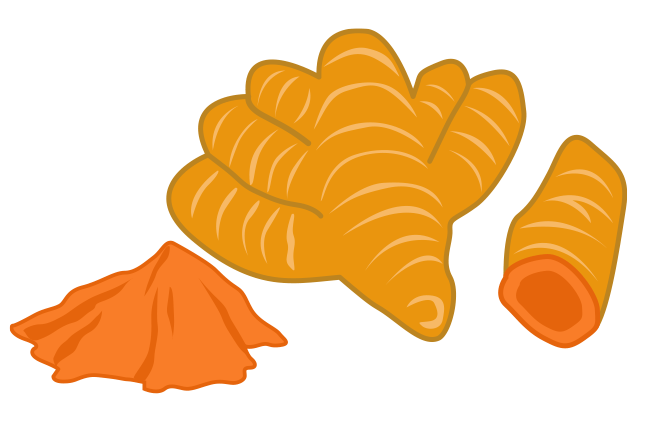
Turmeric. One of the more popular bioactives, the rhizome brings with it strong science backing when it comes to allaying the inflammatory response.
